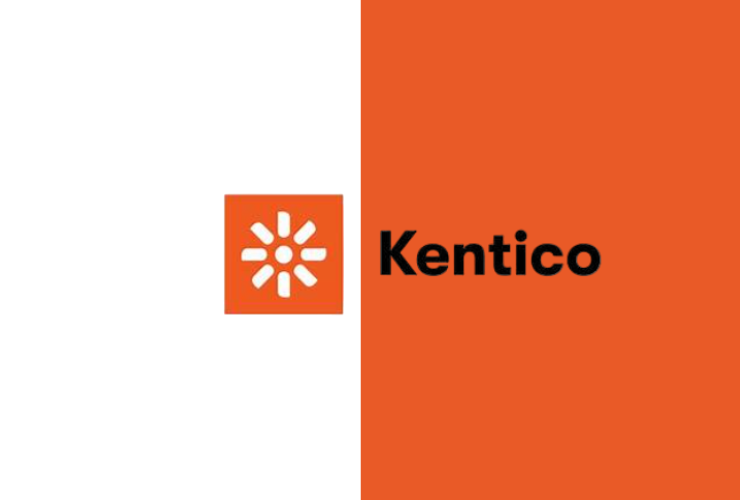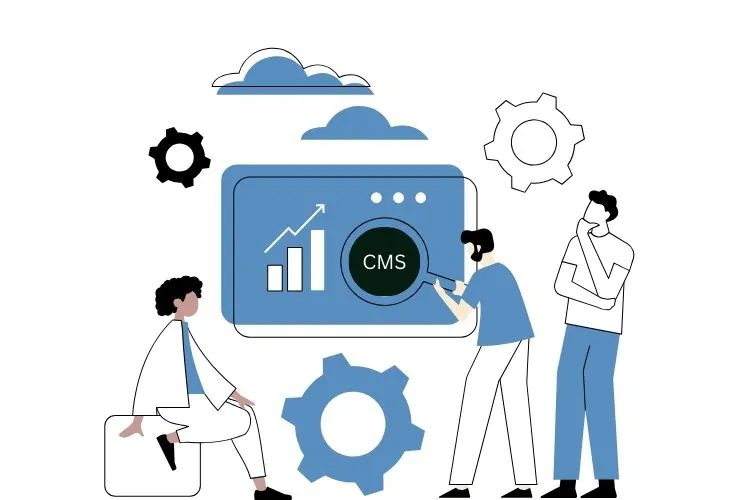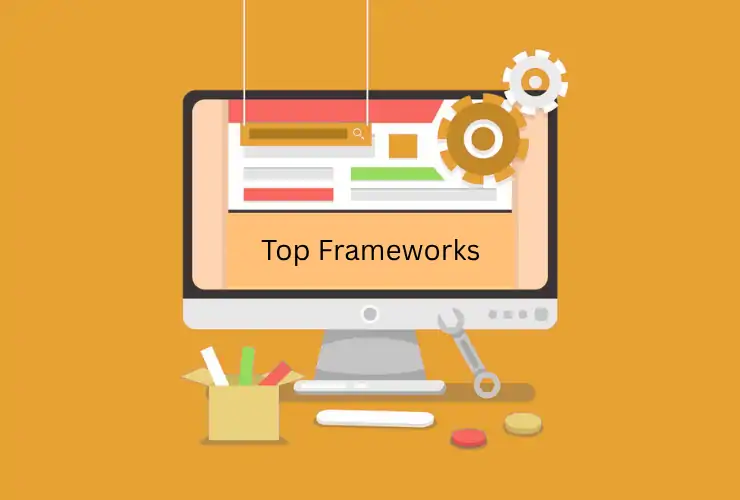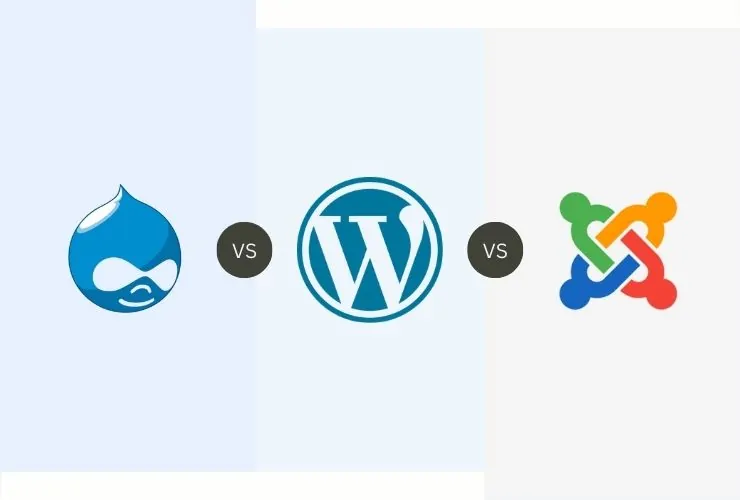Choosing the right content management system (CMS) is one of the first decisions any business will make if it wants to build or enhance its online presence. The right platform does more than content management; it encourages customer participation, facilitates marketing efforts, and provides the scalability needed for expansion. With all the available platforms today—like WordPress, Drupal, Sitecore, and Adobe Experience Manager—it’s understandable to feel overwhelmed by choice. Among them, Kentico always stands out as a robust and adaptable solution that integrates content management, digital marketing, and eCommerce features into one integrated platform.
So how is Kentico really different from these popular CMS alternatives? And most importantly, which one is the best for your business objectives? Let’s dive in deeper.
What Sets Kentico Apart?
Kentico is not only a CMS—it’s an integrated digital experience platform (DXP) that accommodates the full digital customer lifecycle. It enables companies to manage, deliver, and optimize content on many different channels and provides sophisticated personalization, marketing automation, and analytics capabilities. Kentico differentiates itself with its twin-platform approach: Kentico Xperience, a classic DXP for organizations needing an integrated solution set, and Kentico Kontent, a next-generation headless CMS designed for agility, velocity, and omnichannel content deployment.
This dual architecture approach means that Kentico is adaptable for businesses with different technical needs and digital strategies—whether you want to deploy a tightly integrated, full-featured platform or a decoupled configuration that focuses on speed and flexibility.
Kentico vs. WordPress
WordPress powers a large portion of the web because it is so easy to use, open-source, and has a vast plugin marketplace. It’s a great option for small business owners, bloggers, and content websites that don’t need intricate integrations or enterprise-level functionality. Its ease of use is its beauty and its limitation.
For commercial demands, WordPress falls short. Custom functionality is excessively reliant on third-party add-ons, which result in compatibility issues, slow performance, and security vulnerabilities. Kentico, however, is built ground-up with enterprise potential in perspective. Its feature set boasts native marketing automation, dynamic content personalization, granular permissions, and integrated eCommerce—eliminating the need to rely on multiple third-party tools. This results in a more secure, scalable, and stable digital platform.
Kentico vs. Sitecore
Sitecore is another enterprise-level DXP that is known for its robust personalization, integration features, and in-depth marketing capabilities. It’s commonly used by large businesses with large budgets and internal dev teams. While Sitecore is highly functional, its complexity creates hurdles for organizations with limited IT resources. It tends to involve lengthy development timelines, expert-level knowledge, and a high total cost of ownership.
Kentico, meanwhile, provides much of the same value—multichannel content delivery, campaign automation, and deep customer insights—albeit at lower implementation and licensing fees. Kentico’s streamlined architecture and user-friendly interface make it more suitable for mid-market and enterprise organizations that require power and flexibility without the overhead.
Kentico versus Adobe Experience Manager (AEM)
Adobe Experience Manager is an enterprise CMS platform that integrates closely with Adobe’s marketing software suite, including Adobe Analytics and Adobe Target. It suits companies heavily invested in the Adobe ecosystem and looking for tight integration across digital touchpoints. But AEM is notoriously expensive and hard to implement. It requires dedicated development teams, heavy onboarding, and long-term resource commitments.
Kentico provides a more accessible option, with comparable enterprise features at less expense or hassle. With multi-language content support, responsive layout, multi-site support, and deep analytics, Kentico enables companies to create best-in-class digital experiences without enterprise-level investment burden.
Kentico vs. Drupal
Drupal is a freely available CMS due to its extreme flexibility and developer-centricity.
Its extreme customizability makes it a top choice for in-house technology-capable organizations, as it can be used for virtually any case. Nevertheless, the complexity of Drupal and high entry barrier could serve as an obstruction for non-technical marketers and non-technologists. Most of the time, Drupal calls for constant developing and sustaining for maintenance and enhancement of capabilities.
Kentico strikes a balance between usability and flexibility. It offers developers full control through its API and extensibility capabilities, yet also offers marketing teams a drag-and-drop page builder, form functionality, campaign management, and A/B testing without writing code. This makes Kentico the ideal platform for cross-functional teams.
The Bottom Line: Which CMS Is Right for Your Business?
In the end, the ideal CMS for your company relies on your own needs, budget, team dynamics, and level of digital maturity. If you are an expanding company seeking to move beyond a simple CMS such as WordPress, or a medium-sized business requiring a platform that enables marketers as well as developers without the need for a complex infrastructure, Kentico is an attractive option.
Its versatility allows businesses to employ a headless or standard architecture, based on where and how they must deliver content. Its built-in feature set eliminates the expense of expensive integrations, and its modern interface streamlines training time and makes everyday use easier.
For organizations that value agility, scalability, security, and deep integration of content and marketing, Kentico isn’t just a CMS—it’s a forward-thinking platform designed to scale with your business.













